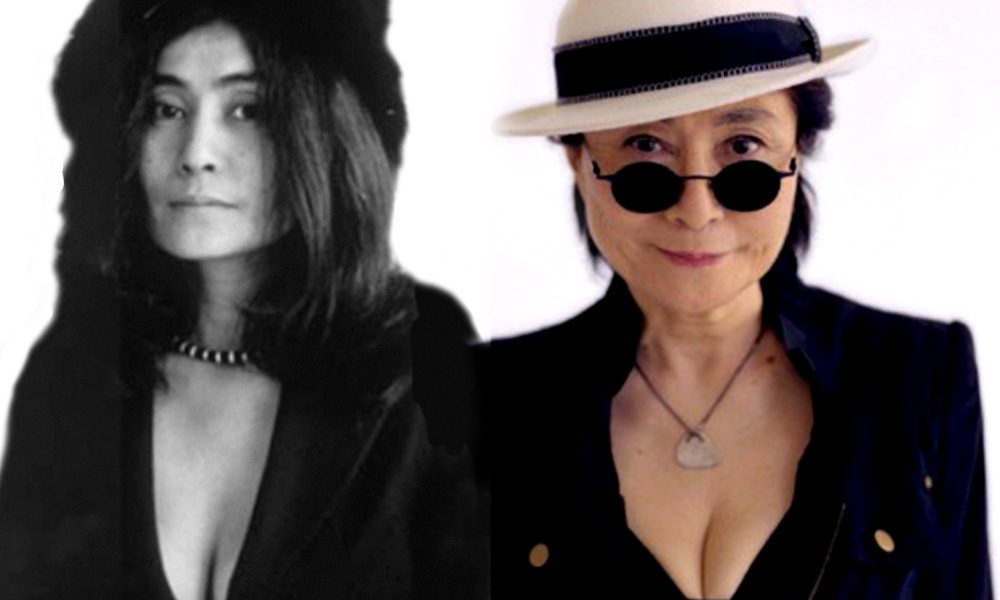marwaarsanios.info – Yoko Ono is a name often associated with the Beatles, but she is far more than just John Lennon’s wife. She is a pioneering conceptual artist, musician, filmmaker, and peace activist whose work has challenged conventions, sparked controversy, and left an indelible mark on the art world and beyond.
Early Life and Artistic Beginnings: Embracing the Avant-Garde
Born on February 18, 1933, in Tokyo, Japan, into a wealthy banking family, Ono’s early life was marked by both privilege and the disruption of World War II. This experience profoundly influenced her artistic sensibilities, shaping her interest in themes of loss, peace, and social change.
Ono moved to New York City in the 1950s and became involved in the burgeoning avant-garde art scene. She became a key figure in the Fluxus movement, a radical group of artists who challenged traditional notions of art and embraced experimental and interdisciplinary approaches.
Conceptual Art and Early Works: Challenging Conventions
Ono’s early conceptual works were often simple yet profound, inviting audience participation and challenging the traditional relationship between the artist and the viewer. Her “Instruction Paintings,” for example, provided written instructions for viewers to perform, turning them into active participants in the artwork.
Works like “Cut Piece” (1964), where audience members were invited to cut pieces of Ono’s clothing while she remained seated on stage, became particularly controversial and iconic. This performance explored themes of vulnerability, violence, and the objectification of women.
Meeting John Lennon and a Partnership for Peace
Ono met John Lennon in 1966 at a preview of her exhibition in London. Their artistic and personal connection quickly deepened, leading to a marriage in 1969. Their partnership became a powerful platform for peace activism.
During the Vietnam War, Ono and Lennon used their fame to promote peace and non-violence. Their “Bed-Ins for Peace,” where they spent their honeymoon and subsequent days in bed conducting press interviews and promoting peace, became iconic images of the anti-war movement.
Musical Collaborations and Solo Work: Expanding Creative Horizons
Ono and Lennon also collaborated musically, releasing several experimental albums together. Ono’s musical style is characterized by its avant-garde nature, incorporating elements of experimental rock, free jazz, and performance art.
After Lennon’s tragic death in 1980, Ono continued her artistic and activist pursuits. She released several solo albums, continued to exhibit her artwork, and remained a vocal advocate for peace and social justice.
A Legacy of Influence and Inspiration: Beyond Misconceptions
Despite facing criticism and misconceptions throughout her career, particularly surrounding her relationship with Lennon, Ono’s contributions to art, music, and activism are undeniable. She has consistently challenged conventions, pushed creative boundaries, and used her platform to promote peace and understanding.
Ono’s influence extends to various artistic disciplines, inspiring generations of artists, musicians, and activists. Her work continues to be exhibited in museums and galleries around the world, and her message of peace and love remains relevant and powerful. Yoko Ono’s legacy is one of innovation, resilience, and a unwavering commitment to using art as a tool for social change. She has rightfully earned her place as a pioneer of conceptual art and a powerful voice for peace.




